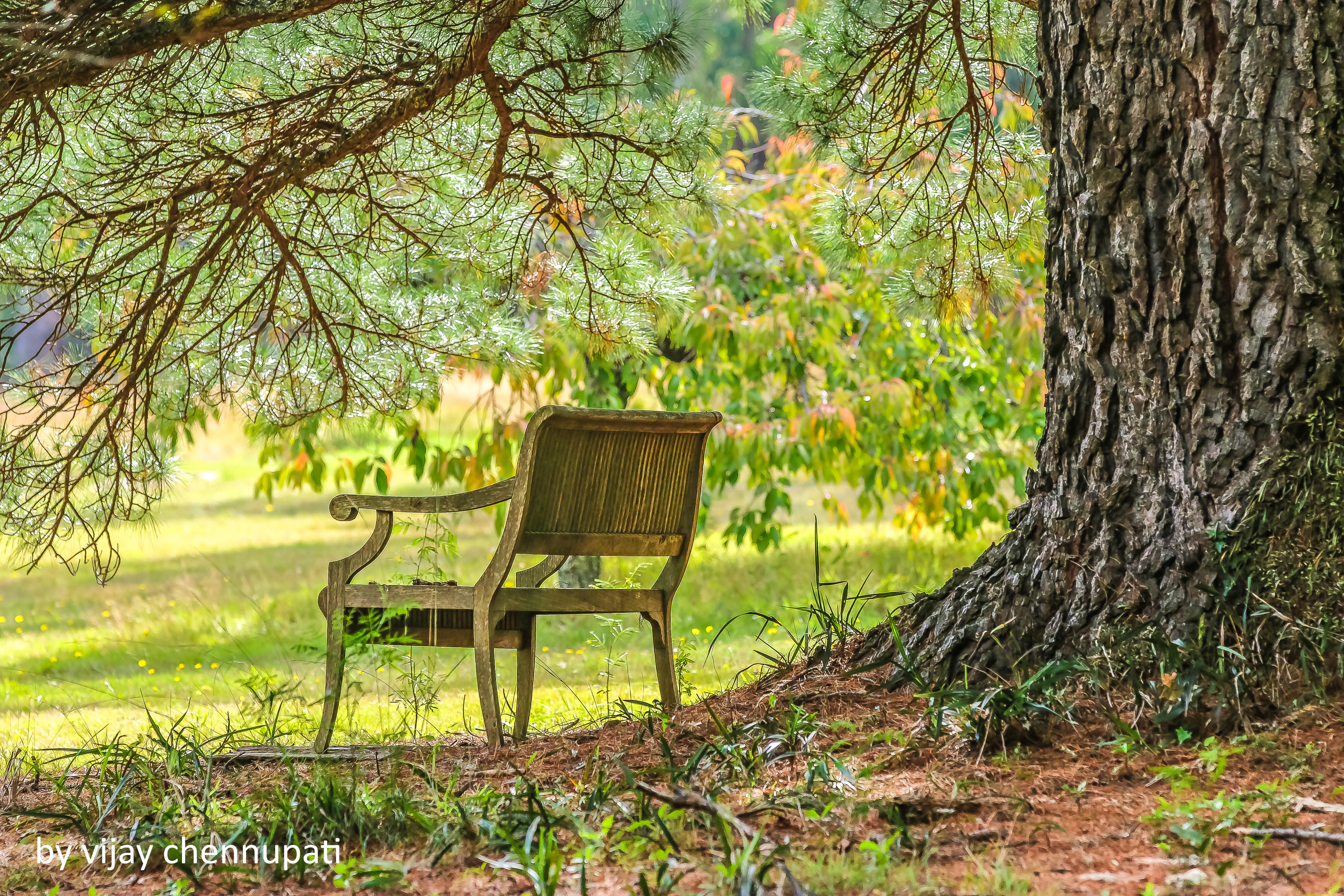Perspectives change over time, don’t they?
We were on I -90 headed to Chicago’s Union Station when I glanced out the window and noticed the downtown skyline. Ten years ago I would have commented on how exciting it was to see all of the sleek buildings dominating the landscape. This time the view made me a bit sad; I kept thinking how cold and bleak it looked.
TI’m sure that coming down off of the week’s worth of the Perennial Plant Association conference fed into the feeling. After all, we had just immersed ourselves in a week of luscious gardens and spirited discussions about plants. I was on a green high.
On the other hand, my experiences over the last decade have significantly changed both my priorities and my definition of true beauty. These days the sights and sounds of the natural world hold much more allure for me than the stark lines of a glass and steel skyline. Being in touch with nature relieves my stress and brings me peace. It makes me feel good.
As it turns out, time spent in nature can be beneficial for all of us, but especially the 50 plus percent of us who live in urban areas. Our prefrontal cortices, the area of the brain responsible in part for planning, problem-solving and decision-making, can become frazzled by the constant demands, noises and distractions of our modern, multi-tasking lifestyle.
A walk in the woods, or even along a tree-lined park path, not only relaxes us, but can also unlock hidden creativity and spark solutions to pesky problems by decreasing frenzied activity in that center of the brain. Research shows that being immersed in nature for even a short time can recharge depleted cognitive resources and open up creative thinking.
Although many traditional cultures have long recognized the strong connections between health and nature, modern medicine, with its need for research-based therapies, has only recently begun to advocate adding nature to the medical palette. Because of the pioneering studies of R.S. Ulrich and others in the 1970s, ecotherapy, or a nature based approach to healing, is becoming recognized as an important part of a treatment plan for reducing anxiety, stress and depression, as well as a host of other physical and mental health challenges.
One of Ulrich’s ground-breaking studies involved measuring the production of serotonin, a chemical and neurotransmitter in the human body that among other functions, helps to regulate mood and social behavior. He found that levels of serotonin increased after viewing images of nature. Subjects also self-reported increased awareness of playfulness, friendliness and joy.
More recent studies using mobile EEG devices supported Ulrich’s findings. Subjects walking through green spaces had “meditative-like brain waves and exhibited less frustration compared to those on a bustling street nor busy business area.”
A 2015 study by Stanford University showed that time spent in nature decreased the time spent in rumination, or the repetitive (and self-destructive) negative thoughts that are often part of depressive episodes and other mental illnesses. After a 90 minute nature walk through a green space filled with oak trees and shrubs, those participants had much lower activity in the portion of the brain that is associated with self-focused activity and mental illness than those who completed a 90 minute walk in a traffic- filled urban area. The nature walkers also reported spending less time in negative looping thoughts than the urban walkers did.
Although many of the previous research studies demonstrated that even minimal time in nature — in some cases as few as 5 minutes — showed health related benefits, medical professionals wanted more specific guidelines for “prescribing nature.” They literally weren’t sure what to tell their patients. New research out of England is beginning to provide some answers.
Results of a study of nearly 20,000 people indicate that spending 120 minutes a week involved in a nature related activity produce self-reported high levels of “well- being and good health.” Even more encouraging though, is that the 120 minutes can be broken down into combinations of time frames. Several 30 minute sessions appear to have the same benefits as one two hour session. For those with tight schedules, a 30 minute stroll can offer a doable. reinvigorating break from a hectic day, while carving out a two hour window would be impossible.
There was even more good news from this study. There appears to be no required type of activity to reap benefits from nature. Sitting quietly in a garden setting produces the same types of positive benefits, although at different levels, as ferociously weeding that garden! Access to nature lowers blood pressure, decreases stress hormones and promotes a sense of psychological well-being.
For many of us living here in the Midwest, hiking a mountain path or wandering an ocean beach (two environments shown to be particularly healthy) are certainly not daily options. City dwellers like those in Chicago may not even be able to trek through the woods with any regularity and access to parks or even tree-lined streets can be limited. Communities must therefore, step up their efforts to incorporate stress relieving green spaces in our urban areas. Join us next week as we look at the concept of green walls and roofs, an effective way to introduce nature into the urban landscape.











